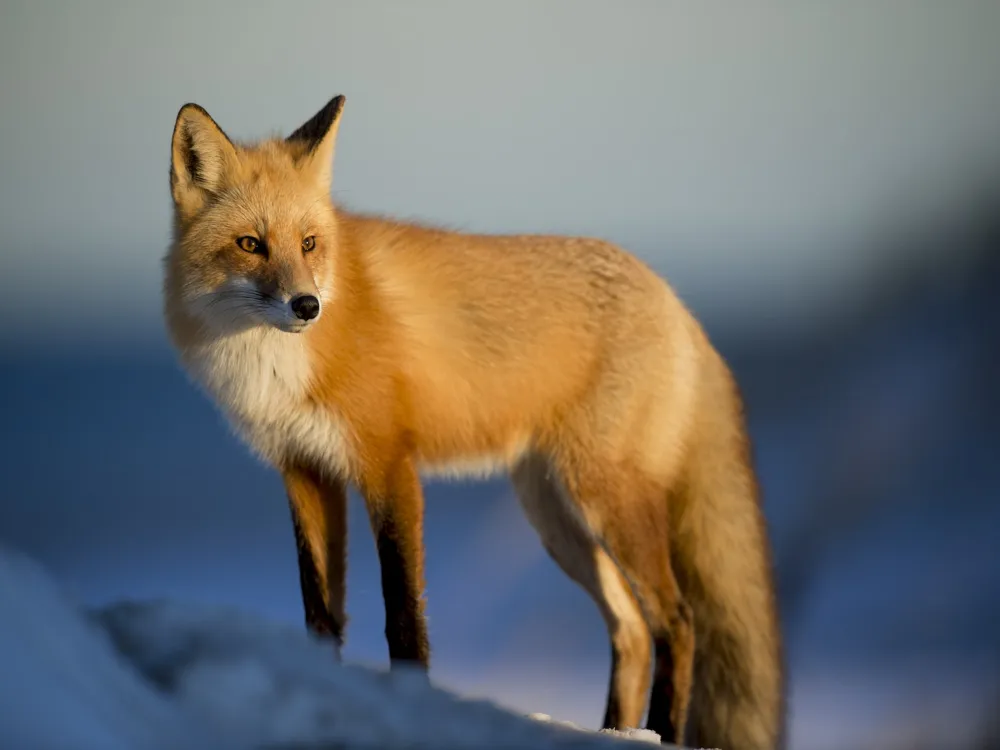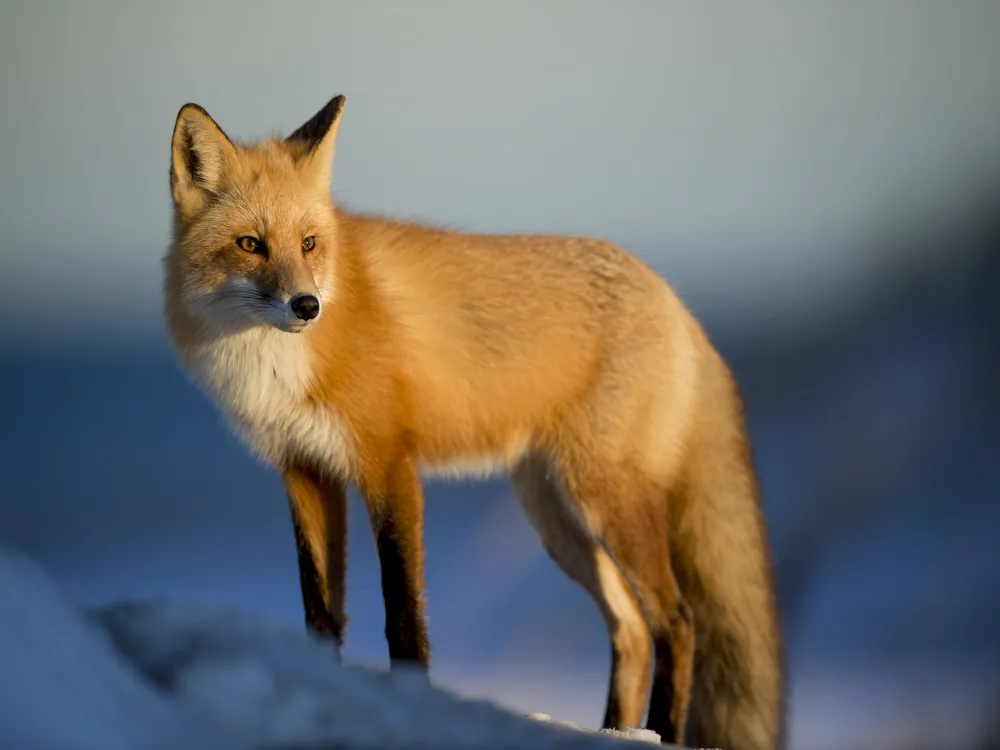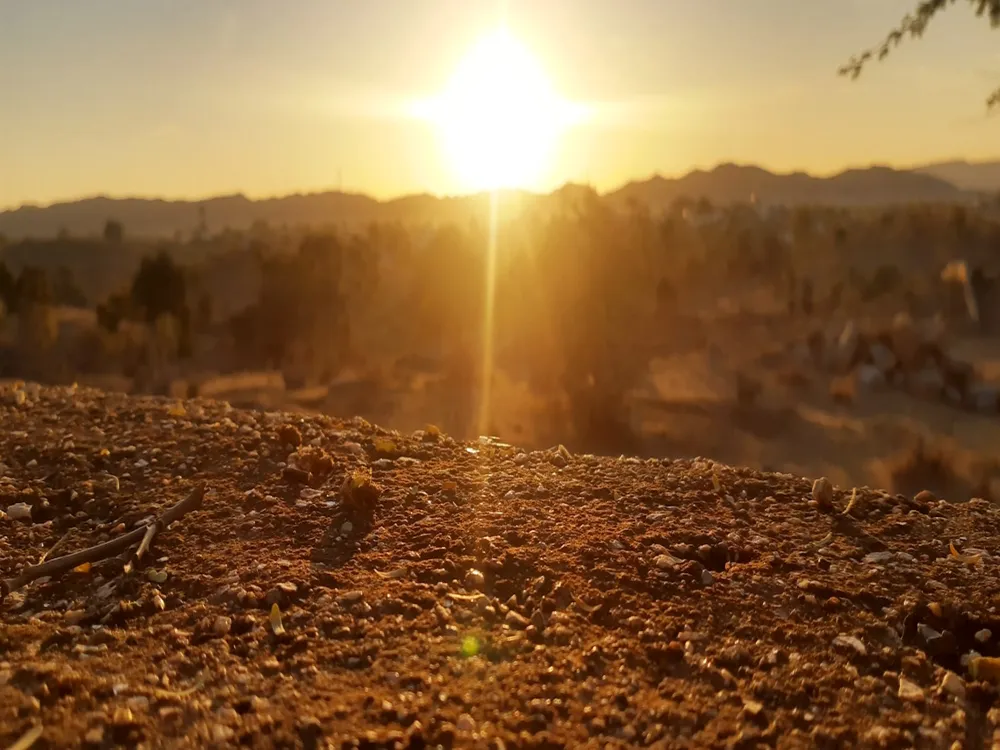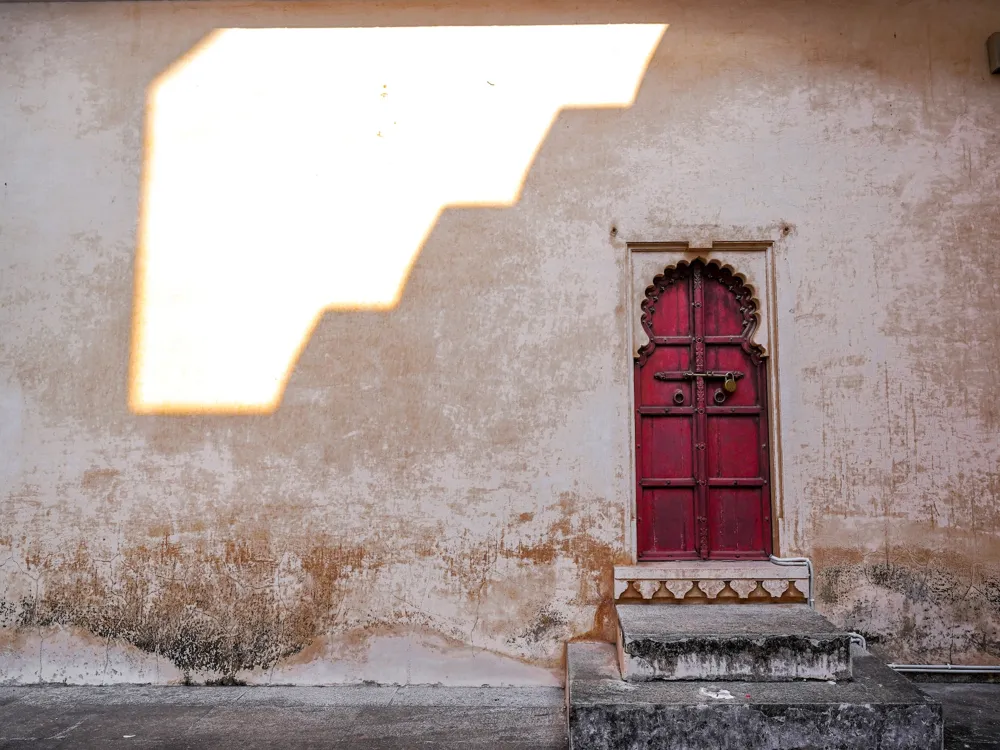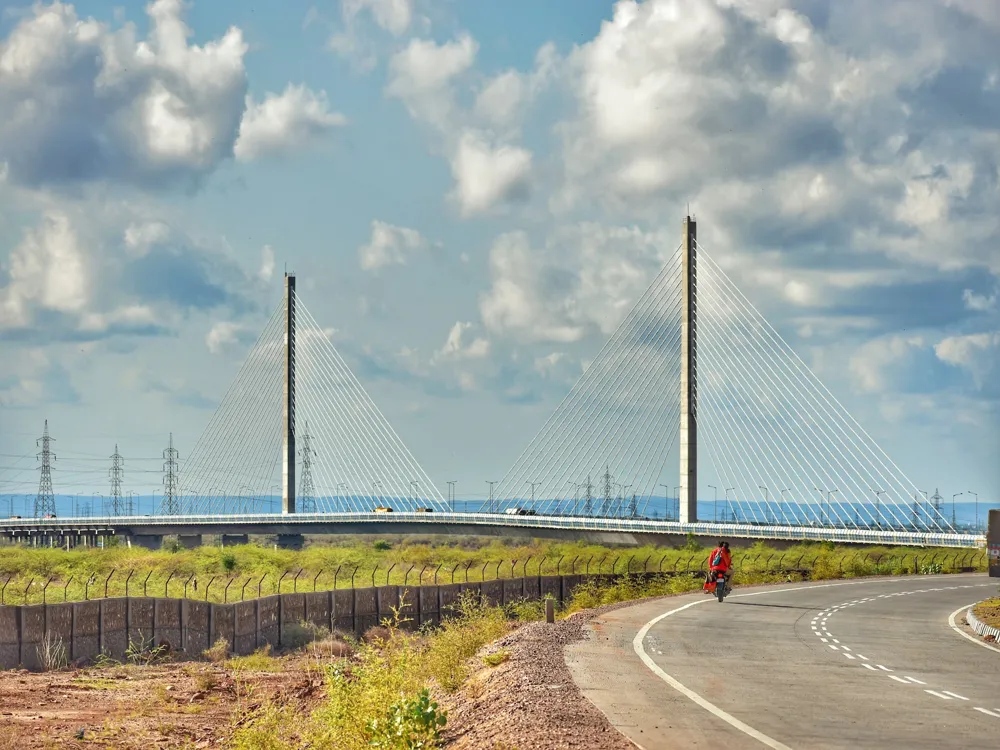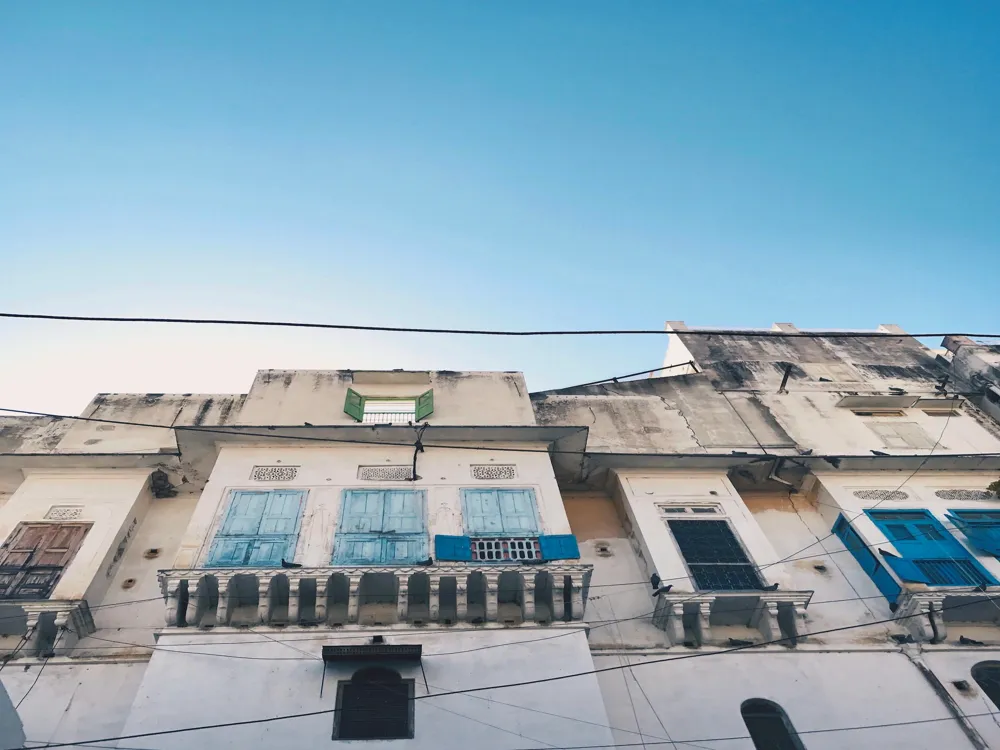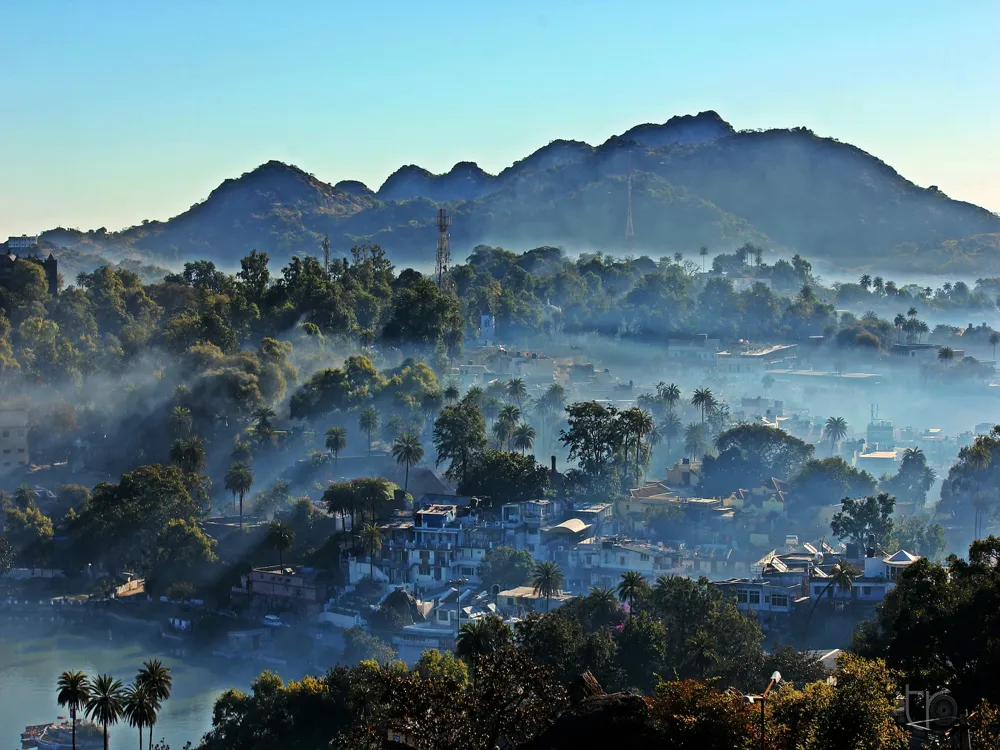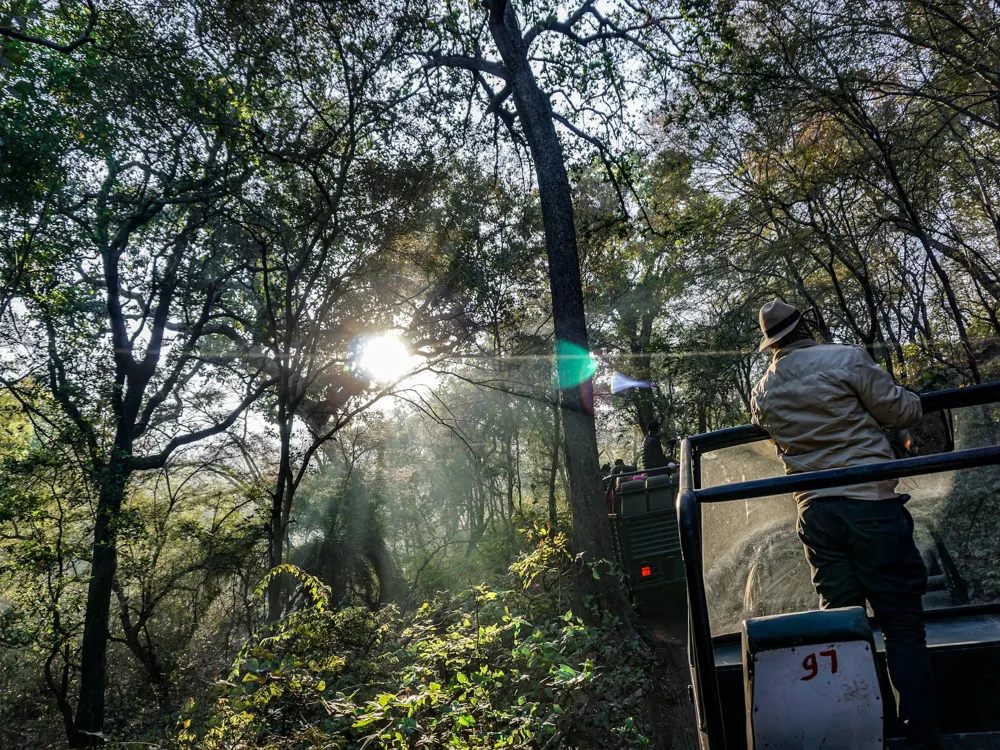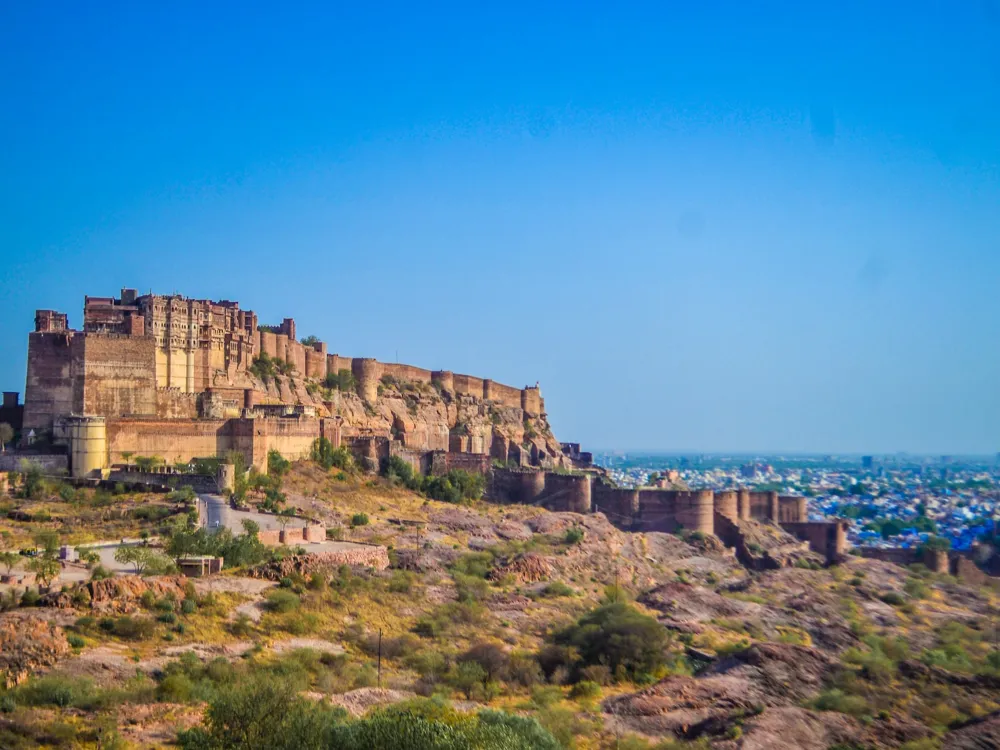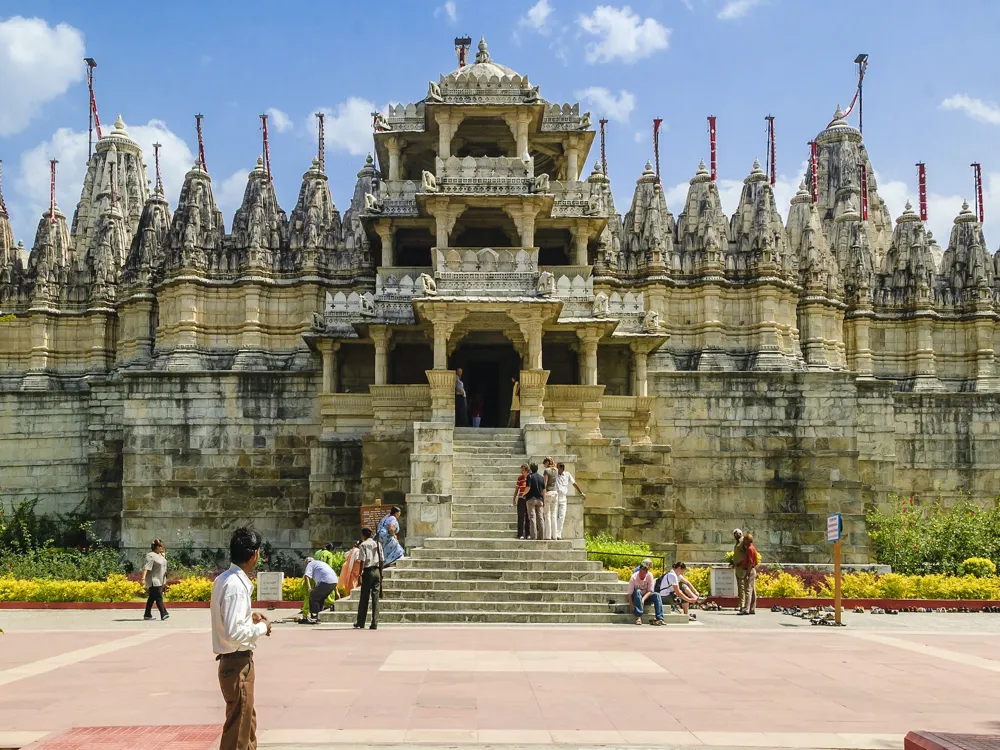Chittorgarh, located in the state of Rajasthan in India, stands as a symbol of bravery, passion, and determination. Its rich history is intertwined with tales of Rajputana valor and pride. This majestic city was the capital of Mewar and is home to the Chittorgarh Fort, one of the largest forts in India. The fort's history is marked by several sieges and battles, with the most notable being the siege by Alauddin Khilji in the 14th century. Chittorgarh also holds a significant place in the heart of the Rajput culture due to its association with legends like Rani Padmini and Maharana Pratap.
The city’s historical landscape is dotted with numerous palaces, temples, and towers, each narrating a story of its glorious past. These monuments are a testament to the Rajputana architectural style, which is known for its grandeur and intricacy. The city not only boasts of its impressive historical structures but also offers a rich cultural experience through its local cuisine, festivals, and arts. The tales of heroism and sacrifice are still alive in the ballads and folklore of Chittorgarh, making it a captivating destination for history enthusiasts and travelers alike.
The architecture of Chittorgarh is a brilliant display of Rajputana grandeur and skill. The Chittorgarh Fort, the centerpiece of the city’s architectural landscape, spans 700 acres and stands atop a 180-meter high hill. Its construction dates back to the 7th century and presents a formidable example of Rajput military defense architecture. The fort's complex includes palaces, temples, and towers, each showcasing a unique blend of Hindu and Jain architectural styles.
The Vijay Stambha (Victory Tower) and Kirti Stambha (Tower of Fame) are among the most prominent structures within the fort. The Vijay Stambha, erected by Maharana Kumbha to commemorate his victory over Mahmud Khilji, is an exemplary piece of Rajput architecture. It stands at a height of 37 meters and is adorned with intricate carvings of Hindu deities and episodes from the Mahabharata and Ramayana. The Kirti Stambha, dedicated to Adinath, the first Jain Tirthankara, is older and smaller but no less magnificent, with detailed carvings representing the Jain pantheon.
The palaces within the fort, like Rana Kumbha Palace and Padmini Palace, are also significant. They are known for their artistic murals, frescoes, and intricate carvings. The Rana Kumbha Palace, where Rani Padmini is said to have lived, is a hauntingly beautiful structure that embodies the spirit of Rajputana aesthetics and engineering. These architectural marvels are not just stone structures but narrators of the gallant history of Chittorgarh.
The ideal time to visit Chittorgarh is from October to March when the weather is pleasant. Summers in Rajasthan can be extremely hot, making it challenging to explore the outdoor attractions comfortably.
Opting for a guided tour can enhance your experience as the guides are well-versed with the history and legends of Chittorgarh. They can provide insights into the lesser-known facts and stories of the fort and the city.
Respecting local customs and traditions is crucial. Dress modestly when visiting religious sites and always ask for permission before photographing locals.
Chittorgarh offers a range of accommodation options, from budget stays to luxury hotels. Don’t miss out on trying the local Rajasthani cuisine, which is known for its unique flavors and spices.
Chittorgarh is well-connected by road, rail, and air. The nearest airport is Maharana Pratap Airport in Udaipur, about 90 km away. Regular trains and buses connect Chittorgarh to major cities like Delhi, Mumbai, and Jaipur. For a more scenic journey, you can opt for a road trip through the beautiful landscapes of Rajasthan.
Overview of Chittorgarh in Rajasthan
Architecture of Chittorgarh
Tips When Visiting Chittorgarh
Best Time to Visit
Guided Tours
Cultural Etiquette
Stay and Food
How To Reach Chittorgarh
Gau Mukh Kund
Chittorgarh
Rajasthan
₹ 9,200 onwards
View chittorgarh Packages
Also Refered As:
Tirth Raj, Gaumukh Reservoir
Chittorgarh Travel Packages
View All Packages For Chittorgarh
Top Hotel Collections for Chittorgarh

Private Pool

Luxury Hotels

5-Star Hotels

Pet Friendly
Top Hotels Near Chittorgarh
Other Top Ranking Places In Chittorgarh
View All Places To Visit In chittorgarh
View chittorgarh Packages
Also Refered As:
Tirth Raj, Gaumukh Reservoir
Chittorgarh Travel Packages
View All Packages For Chittorgarh
Top Hotel Collections for Chittorgarh

Private Pool

Luxury Hotels

5-Star Hotels

Pet Friendly







